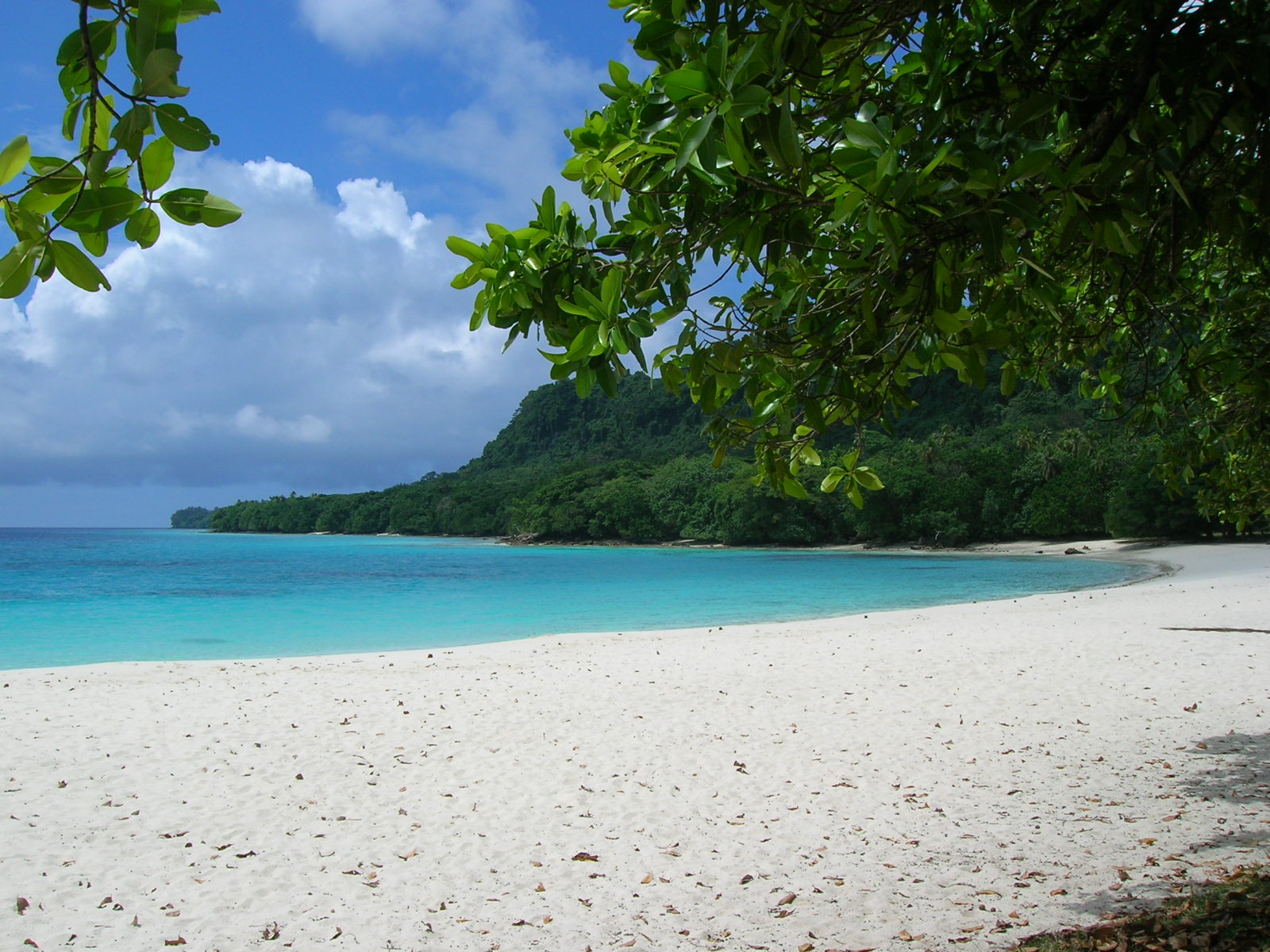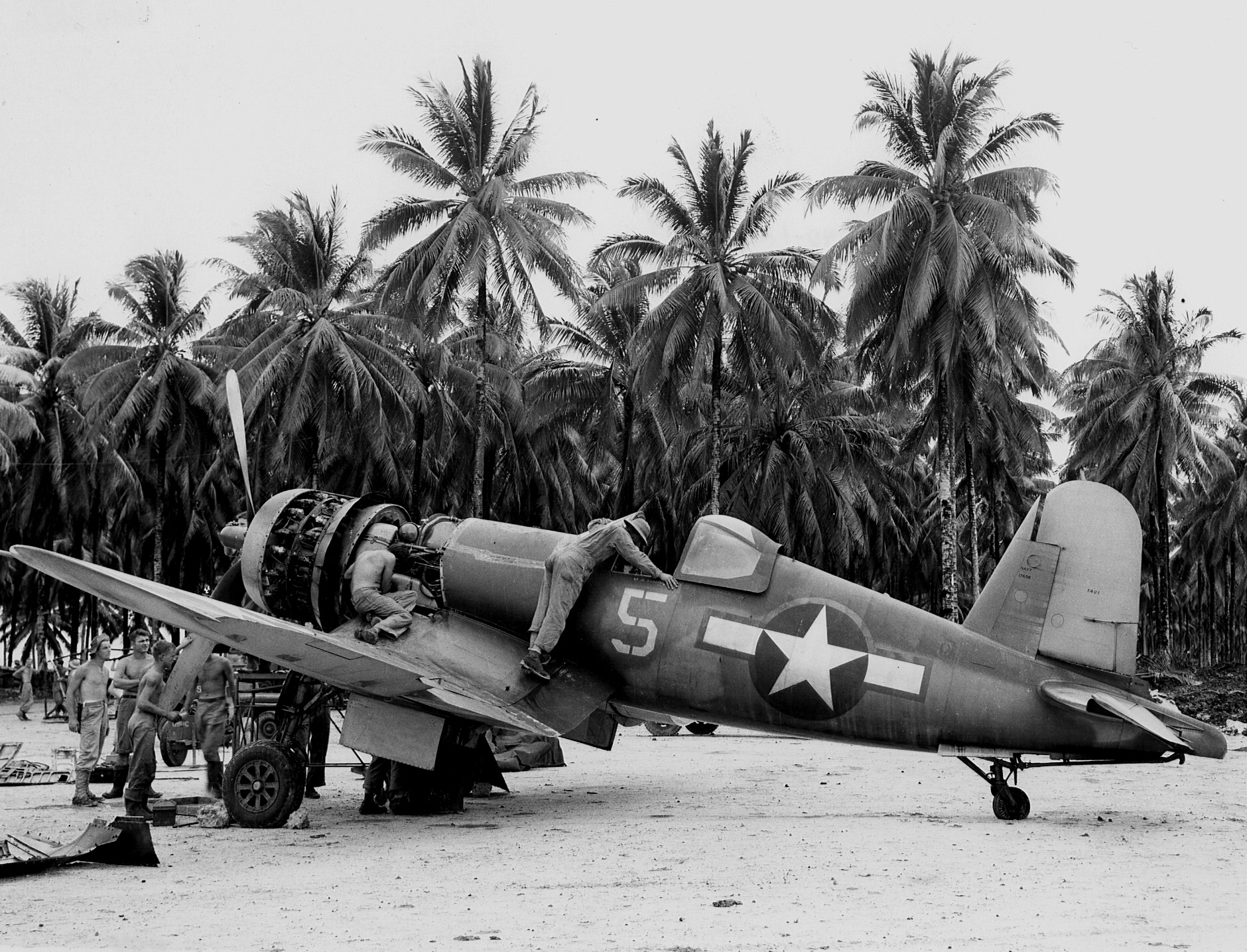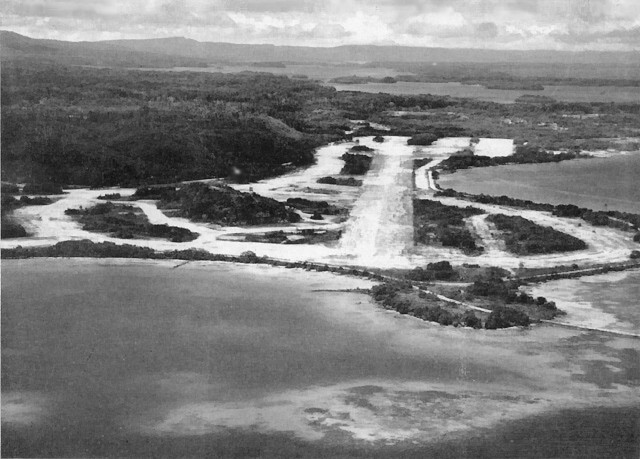|
No. 2 Squadron RNZAF
No. 2 Squadron RNZAF was a squadron of the Royal New Zealand Air Force (RNZAF). It was formed in 1930 as part of the Territorial Air Force with the main headquarters at Wellington and shadow flights at New Plymouth and Wanganui. Squadron personnel conducted their annual flying at RNZAF Base Wigram. In 1937 the Territorial Squadrons were re-organised and No. 2 Squadron became the Wellington Territorial Squadron. History World War II The squadron received its first aircraft, 12 Blackburn Baffins, in 1938 and at the outbreak of World War II the squadron moved to Blenheim to undertake its general reconnaissance role of protecting Cook Strait. A year later, in 1940, all Territorial Squadrons were merged to become the New Zealand General Reconnaissance Squadron, based at Whenuapai, Auckland. Within 12 months, No. 2 Squadron was reformed. Based at Nelson with Vickers Vildebeests and Vickers Vincent aircraft, it resumed its protection of Cook Strait providing air cover for troop shi ... [...More Info...] [...Related Items...] OR: [Wikipedia] [Google] [Baidu] |
Air Force Ensign Of New Zealand
The Royal New Zealand Air Force Ensign is the official flag which is used to represent the Royal New Zealand Air Force. The ensign has a field of air force blue with the Union Jack in the canton and the Royal New Zealand Air Force's roundel in the middle of the Glossary of vexillology#Flag elements, fly. It is based on the British Royal Air Force Ensign with the letters "NZ" superimposed in white over the red central disc of the roundel. References External linksNew Zealand History - Royal New Zealand Air Force Ensign Royal New Zealand Air Force Flags of New Zealand Air Force ensigns Flags with crosses Light blue ensigns {{flag-stub ... [...More Info...] [...Related Items...] OR: [Wikipedia] [Google] [Baidu] |
Espiritu Santo
Espiritu Santo (, ; ) is the largest island in the nation of Vanuatu, with an area of and a population of around 40,000 according to the 2009 census. Geography The island belongs to the archipelago of the New Hebrides in the Pacific region of Melanesia. It is in the Sanma Province of Vanuatu. The town of Luganville, on Espiritu Santo's southeast coast, is Vanuatu's second-largest settlement and the provincial capital. Roads run north and west from Luganville, but most of the island is far from the limited road network. Around Espiritu Santo lie a number of small islands and islets; among them are: Dany Island, Araki, Elephant Island, Sakao, Lataroa, Lataro, Thion, Malohu, Malwepe, Malvapevu, Malparavu, Maltinerava, Oyster Island, Tangoa, and Bokissa. Vanuatu's highest peak is the 1879 metre (6165 foot) Mount Tabwemasana in west-central Espiritu Santo. History A Spanish expedition of three ships, led by Portuguese explorer Pedro Fernandes de Queirós, lande ... [...More Info...] [...Related Items...] OR: [Wikipedia] [Google] [Baidu] |
75 Squadron RNZAF
No. 75 Squadron RNZAF was an air combat squadron of the Royal New Zealand Air Force. It was formed from the RAF's World War II bomber squadron, No. 75 Squadron, which had been initially equipped by the New Zealand government and was largely manned by New Zealanders. The squadron was created when, in a unique gesture, the squadron number, colours and battle honours were transferred to the RNZAF in 1946. It had flown more sorties and suffered more casualties than any other in the European theatre. The squadron ceased to exist on 13 December 2001, when the RNZAF Air Combat Force, comprising Nos 2, 14, and 75 Squadrons, was officially disbanded. History No. 75 RFC / RAF History No. 75 Squadron Royal Flying Corps (later RAF) was formed as a home defence fighter unit on 1 October 1916 but disbanded in June 1919 following the end of World War I. The squadron reformed at RAF Feltwell in Norfolk on 15 March 1937 as part of the RAF expansion in the mid-1930s, with transfer of pilots ... [...More Info...] [...Related Items...] OR: [Wikipedia] [Google] [Baidu] |
McDonnell Douglas A-4G Skyhawk
The McDonnell Douglas A-4G Skyhawk is a variant of the Douglas A-4 Skyhawk attack aircraft developed for the Royal Australian Navy (RAN). The model was based on the A-4F variant of the Skyhawk, and was fitted with slightly different avionics as well as the capacity to operate AIM-9 Sidewinder air-to-air missiles. The RAN received ten A-4Gs in 1967 and another ten in 1971, and operated the type from 1967 to 1984. In Australian service the A-4Gs formed part of the air group of the aircraft carrier , and were primarily used to provide air defence for the fleet. They took part in exercises throughout the Pacific region and also supported the training of RAN warships as well as other elements of the Australian military. The Skyhawks did not see combat, and a planned deployment of some of their pilots to fight in the Vietnam War was cancelled. Ten A-4Gs were destroyed as a result of equipment failures and non-combat crashes during the type's service with the Navy, causing the deaths o ... [...More Info...] [...Related Items...] OR: [Wikipedia] [Google] [Baidu] |
P-51 Mustang
The North American Aviation P-51 Mustang is an American long-range, single-seat fighter and fighter-bomber used during World War II and the Korean War, among other conflicts. The Mustang was designed in April 1940 by a team headed by James H. Kindelberger of North American Aviation (NAA) in response to a requirement of the British Purchasing Commission. The Purchasing Commission approached North American Aviation to build Curtiss P-40 fighters under license for the Royal Air Force (RAF). Rather than build an old design from another company, North American Aviation proposed the design and production of a more modern fighter. The prototype NA-73X airframe was rolled out on 9 September 1940, 102 days after the contract was signed, and first flew on 26 October. The Mustang was designed to use the Allison V-1710 engine, which had limited high-altitude performance in its earlier variants. The aircraft was first flown operationally by the RAF as a tactical-reconnaissance aircraf ... [...More Info...] [...Related Items...] OR: [Wikipedia] [Google] [Baidu] |
North American Harvard
The North American Aviation T-6 Texan is an American single-engined advanced trainer aircraft used to train pilots of the United States Army Air Forces (USAAF), United States Navy, Royal Air Force, Royal Canadian Air Force and other air forces of the British Commonwealth during World War II and into the 1970s. Designed by North American Aviation, the T-6 is known by a variety of designations depending on the model and operating air force. The United States Army Air Corps (USAAC) and USAAF designated it as the AT-6, the United States Navy the SNJ, and British Commonwealth air forces the Harvard, the name by which it is best known outside the US. Starting in 1948, the new United States Air Force (USAF) designated it the T-6, with the USN following in 1962. It remains a popular warbird used for airshow demonstrations and static displays. It has also been used many times to simulate various historical aircraft, including the Japanese Mitsubishi A6M Zero. A total of 15,495 T-6s of a ... [...More Info...] [...Related Items...] OR: [Wikipedia] [Google] [Baidu] |
De Havilland Mosquito
The de Havilland DH.98 Mosquito is a British twin-engined, shoulder-winged, multirole combat aircraft, introduced during the Second World War. Unusual in that its frame was constructed mostly of wood, it was nicknamed the "Wooden Wonder", or "Mossie". Lord Beaverbrook, Minister of Aircraft Production, nicknamed it "Freeman's Folly", alluding to Air Chief Marshal Sir Wilfrid Freeman, who defended Geoffrey de Havilland and his design concept against orders to scrap the project. In 1941, it was one of the fastest operational aircraft in the world.Bowman 2005, p. 21. Originally conceived as an unarmed fast bomber, the Mosquito's use evolved during the war into many roles, including low- to medium-altitude daytime tactical bomber, high-altitude night bomber, pathfinder, day or night fighter, fighter-bomber, intruder, maritime strike, and photo-reconnaissance aircraft. It was also used by the British Overseas Airways Corporation as a fast transport to carry small, high-value c ... [...More Info...] [...Related Items...] OR: [Wikipedia] [Google] [Baidu] |
Jacquinot Bay Airport
Jacquinot Bay Airport is an airport near Jacquinot Bay in the East New Britain Province on the island of New Britain in Papua New Guinea. The airstrip was liberated by the Australian Army in 1944, and an airstrip was built by 1945. There is no scheduled airline service. History World War II The Jacquinot Bay area was liberated by the Australian Army on 4 November 1944. The 2/3 Railway Construction Company and the 17th Field Company RAE began construction of an airfield and in February 1945, No. 1 Airfield Construction Squadron expanded the base. The airfield had a single coral runway. Royal Australian Air Force units based here included: * No. 79 Squadron operating Mark VIII Spitfires * No. 18 (NEI) Squadron operating North American B-25 Mitchell from February–June 1945 Royal New Zealand Air Force units based here included: * No. 2 Squadron operating Lockheed Venturas from June–September 1945 * No. 16 Squadron operating F4Us from August–October 1945 * No. 19 Squadro ... [...More Info...] [...Related Items...] OR: [Wikipedia] [Google] [Baidu] |
Nissan Island Airport
Nissan Island Airport is an airfield serving Nissan Island, in the Autonomous Region of Bougainville in Papua New Guinea. It resides at an elevation of above mean sea level and has a runway designated 14/32. History World War II The New Zealand 3rd Division (New Zealand), 3rd Division Battle of the Green Islands, landed on Nissan Island on 15 February 1944 as part of the Solomon Islands campaign. U.S. Navy Seebees from the 33rd, 37th and 93rd Naval Construction Battalions33rd NCB cruise book, 1946, Seabee Museum Arvhives, Port Hueneme, ca. landed with the New Zealanders and began building support facilities. Work on a fighter airstrip began on 20 February and by 5 March a coral-surfaced by fighter runway known as Lagoon Airfield was ready for use and aircraft carried out the first attack on Kavieng. In late March a parallel by bomber runway known as Ocean Airfield was ready for use, it was later lengthened to . Additional airfield facilities such as road and taxiways and ... [...More Info...] [...Related Items...] OR: [Wikipedia] [Google] [Baidu] |
Piva Airfield
Piva Airfield is a former World War II airfield on Bougainville Island in the Solomon Islands archipelago. History World War II The 3rd Marine Division landed on Bougainville on 1 November 1943 at the start of the Bougainville Campaign, establishing a beachhead around Cape Torokina. Small detachments of the 25th, 53rd, 71st and 75th Naval Construction Battalions landed with the Marines and the 71st Battalion was tasked with establishing a small fighter airfield that would become Torokina Airfield. On 26 November 1943 the 36th Naval Construction Battalion arrived on Bouganville and on 29 November they started work on a by bomber strip. The first plane landed on the bomber strip on 19 December and it was put into operation on 30 December, after several weeks of operation it was extended by an additional . The 71st Battalion built three taxiways with 35 hardstands, a shop area, seven nose hangars, three prefabricated steel huts, and 26 frame buildings. Aviation camps consisted o ... [...More Info...] [...Related Items...] OR: [Wikipedia] [Google] [Baidu] |
Munda Airport
Munda Airport is an international airport adjacent to the town of Munda, Western Province in Solomon Islands. Originally built by Japanese forces during World War II and further developed by the U. S. Naval Construction Battalions 24 and 73 following its capture. After the war, the airfield became a commercial airport for regional flights. In 2015, a New Zealand government aid and development project significantly upgraded the field to an international airporThe upgrade included the removal of a large amount of unexploded ordnance left behind by vacating Japanese and US forces. Although there were no international flights scheduled by 2019, the main economic purpose of the upgrade is to serve as an alternate field for international flights to Honiara International Airport, significantly reducing the fuel load and improving the economics of the flight. For example, prior to the Munda upgrade, a flight from Brisbane to Honiara had to carry sufficient fuel to return to Brisbane ... [...More Info...] [...Related Items...] OR: [Wikipedia] [Google] [Baidu] |




.jpg)
.jpg)



